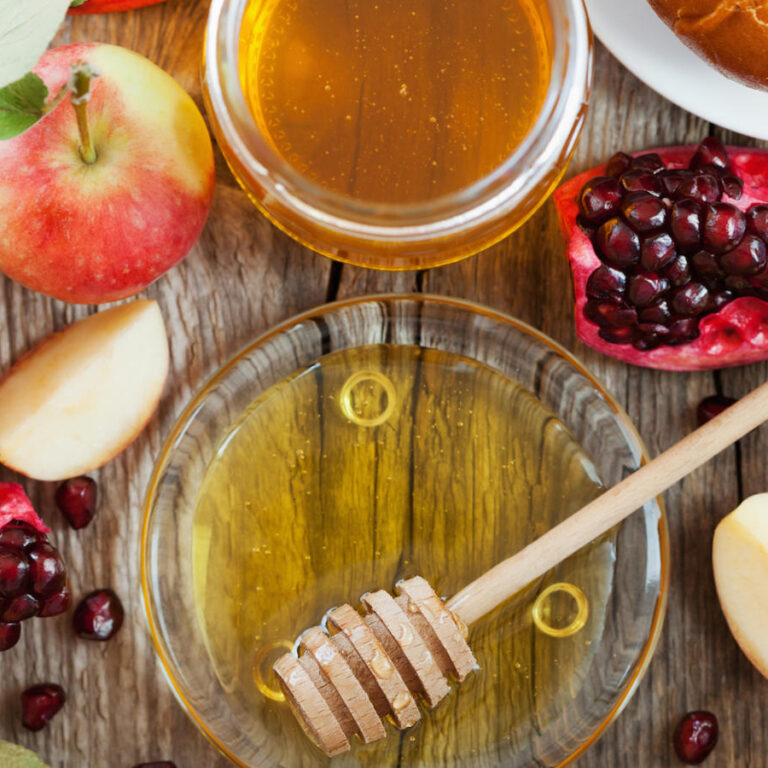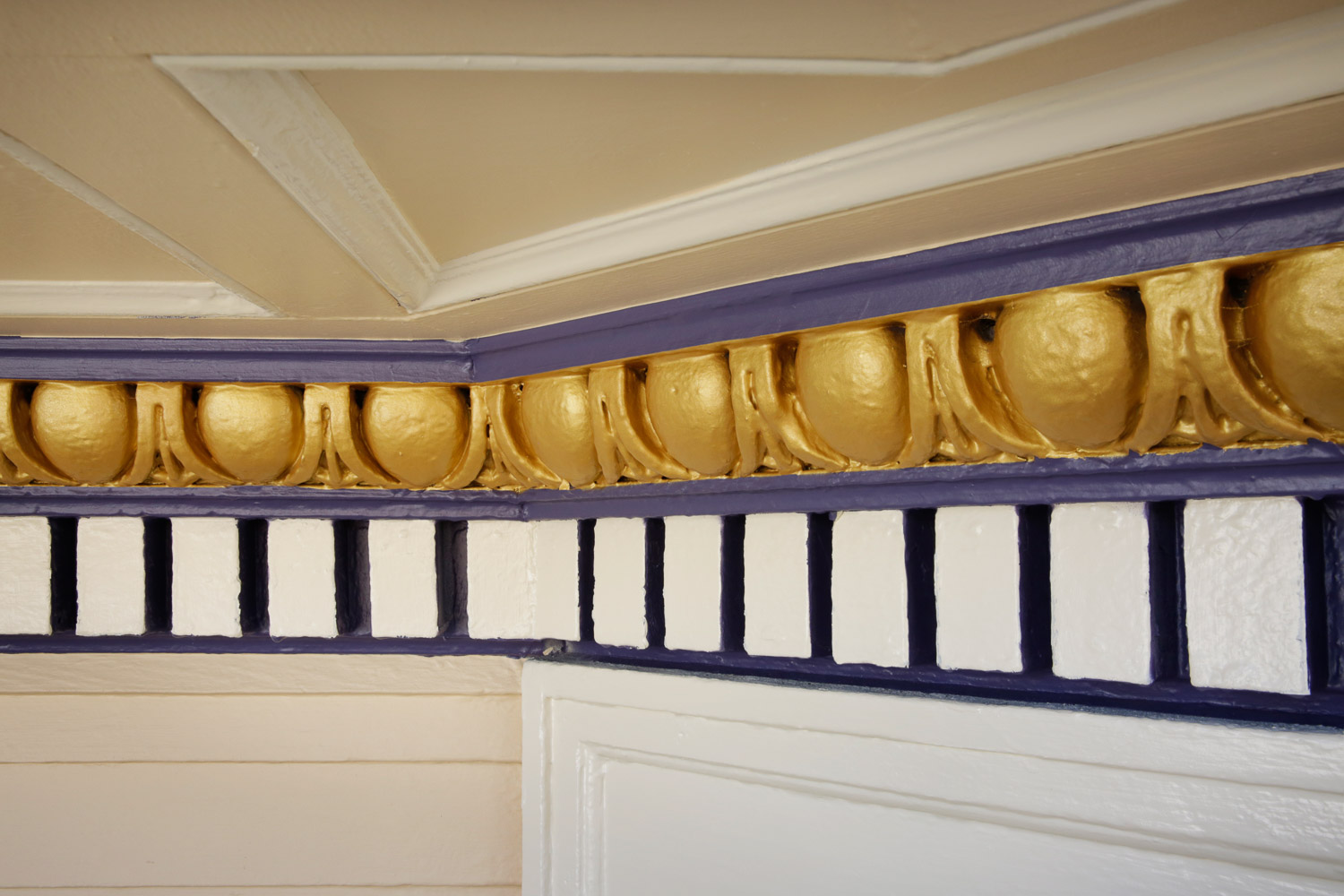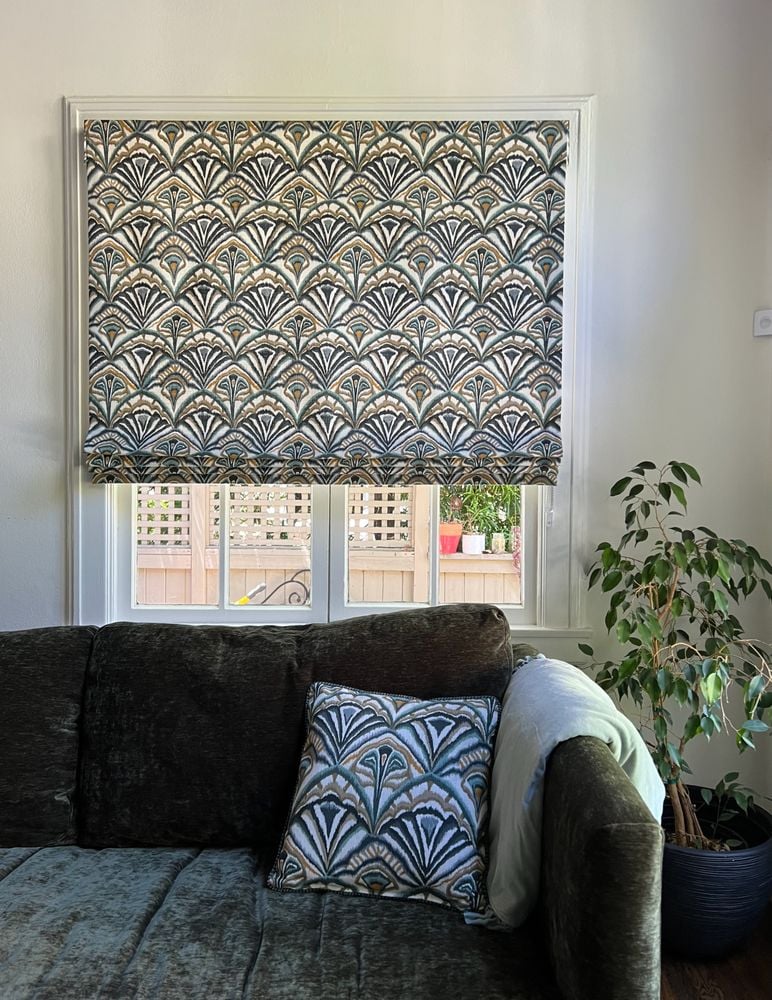Yes, this September is the new year for our Jewish clients. Every year this time we are requested to finish work before the start of Rosh Hashanah or are at least told that a 2-day hiatus will be taken from all activity. I have always loved a tradition that stops the regular week and honors the sacred. The High Holidays as they are referred to, have agrarian roots. Fall ceremonies celebrate abundance and a gathering together of the fruits of our labor.
Yom Kippur, the “Day of Atonement” follows Rosh Hashanah and the days between, (the “Days of Awe”) are an invitation to reflect on the year that has just ended, what went right, or wrong, and an opportunity to make amends. Fasting and praying, apologizing to family and friends for mistakes, and promising to improve, are all part of these rituals of reflection and renewal. In college I worked for Rabbi Fred Krinsky and his wife Lyn in their home and so I connected deeply with the Judaic traditions. I grew to love the way that Judaism honored and celebrated our humanity and provided pathways for recommitting and bettering oneself and one’s connection to community and family.
Our Jewish clients remind us how important it is to take time out of our rush-rush lives for connection and I appreciate the reminder. Rabbi Krinsky was diabetic and a double amputee. Despite those physical challenges, he was a true champion for his community. He was instrumental in the Reform Jewish movement in Southern California, founding several temples and was head of the Political Science department at Pomona College. Lyn was the temple choir director, and I played flute for her choir on High Holidays. We joked that I was Jewish by association.
I loved the community that their temple brought together, how people connected with and took care of each other. I was raised Catholic. My family’s Catholicism (Roman/Latin Mass) was the kind that was canceled out by Vatican II. We were never part of a local diocese because my mother felt they didn’t mirror our values. So, I missed out on a church community growing up.
I most appreciated the way the Reform Jewish culture regarded children. In my upbringing, children were seen and not heard. During Passover Seders and other events, the way that history and stories gave meaning and defined culture, and the fact that kids had an active role in all of the discussions, left a strong impression on me
At this time of year, I am reminded that no matter what our faith, we can take time out to honor the sacred. We can invite our children to express their views. And we can reap the harvest of our participation in community, which is as nourishing for the heart as food is for the body.
THE SELF-CARE – COMMUNITY CARE CONNECTION
By Allison T. Brill, MPH via https://blog.mass.gov
Self-care – the act of valuing and maintaining our emotional and physical health – is crucial to our well-being. In order to be healthy and at our best, we need to take care of ourselves. We can only be at our best, however, with the support and love of our community. Self-care and community care are deeply connected, and we need both for healthy and resilient communities. Who are we if not in relation to one another? If one of us is unwell or struggling, we can’t be strong as a community.
Taking care of others takes our mind off of our troubles and also makes us feel good – a main benefit of self-care – because we are supporting someone else. By taking care of each and every person in the community, with the knowledge and understanding that we all experience times of vulnerability, a shared sense of responsibility is created. This responsibility creates a safer environment with less judgment and more acceptance, which in turn promotes individual and community healing and resilience.
Below are some examples of community care in action:
- Investing in relationships.
- Greeting people on the street.
- Reaching out to friends and community members who are struggling.
- Hosting a regular gathering like a potluck or game night so people can meet face to face, build relationships, and strengthen community.
- Lending a hand to someone in need (e.g., giving someone a ride to the store or doctor, watching someone’s kids when they are in a bind, cooking a meal for someone who just got out of the hospital or had a baby).
- Getting to know your neighbors. You live right next to them and share a street, neighborhood, and possibly a building after all.
- Helping connect people who are out of work to jobs. Jobs strengthen individuals, families and communities.
- Donating or organizing donations for community members who have experienced a crisis.
- Getting involved by volunteering.
- Sharing what you have. When we act from a place of abundance rather than scarcity, we create a culture of caring and one in which everyone’s needs can be met.
- In today’s self-focused society, community care is a radical act. Remember that it takes a village to raise,
- build, and strengthen individuals and a community. Let’s commit to taking care of ourselves and each other.
SEPTEMBER 28 IS “NATIONAL GOOD NEIGHBOR DAY”
source: www.holidayinsights.com
Good-neighbor relationships are one way that people engage in and celebrate community. The history of the holiday: In the early 1970s, Becky Mattson from Lakeside, Montana recognized the importance of good neighbors, and launched the effort to create a National day. With the help of her congressman Mike Mansfield, she succeeded in getting three presidents (Nixon, Ford, and Carter) to issue proclamations, along with numerous governors. In 2003, the U.S. Senate passed a resolution, sponsored by Montana Senator Max Baucus, making September 28th, National Good Neighbor Day.
Ideas of how to celebrate:
- Smile and say “Hello” to your neighbors
- Offer to help your neighbor in some way
- Invite your neighbor over for a cup of tea or a meal
- Organize a block party
PAINTER SPOTLIGHT
ALL IN THE FAMILY
We are realizing our Vision of building our Company from within and with Family. Julio Jr (R) is now apprenticing with his Dad and Julio Sr (L) was recently promoted to Crew Leader



